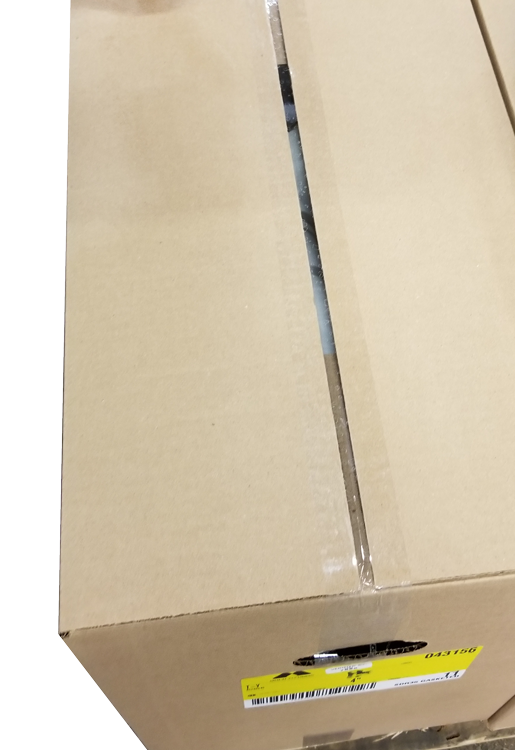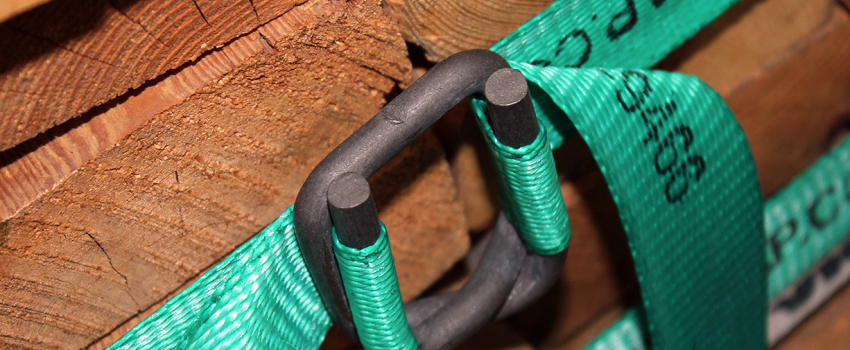Closing the Gap!
Closing cartons in your packaging department? Having any tape issues? Chances are you are in the 1 in 10 category of tape users that run into packaging challenges when closing their cardboard cartons. If you are using polypropylene carton sealing tape (which the majority of users are), any issues with carton closing are focused on the tape. The reality is, 90% of so-called tape issues are proven to be caused by other factors, such as:
- Operator training and correct usage
- Environmental conditions (dust, dirt, dampness)
- Material content of the cartons
Recently a fourth has started showing itself – “the Gap”.

In the race to find cost-saving efficiencies, cardboard manufacturers have been shrinking the flaps on an RSC carton which to the casual observer, doesn’t mean anything. However, when these flaps are closed and the box about to be sealed, a gap that should be tight, or with a very small gap, is now up to ½” in width. If the operator is sealing the flaps with 2” width tape, this leaves only ¾” of tape on either side of the gap. On a large carton, the need to keep the tape straight on this narrow area is a challenge, and can mean that often there is even less than ¾” width on each side.
So what is the solution?
More tape?
No, wider tape!
Moving from a 2” (48mm) width tape to 3” (72mm) width will ensure that there is both extra tape to corrugated coverage, but also some “wiggle room” for the operator when applying the tape. And with 1 pass of the 3” tape, time & money are saved versus putting on several strips of 2” tape.
Keypak offers a wide selection of 3″ tape; from acrylic, hot melt, printed, and paper tape, you’re sure to find the perfect match for your application.
Not sure which tape is the best solution for you? Contact us to have one of our reps stop by!
1.866.566.2457 | sales@keypak.ca








